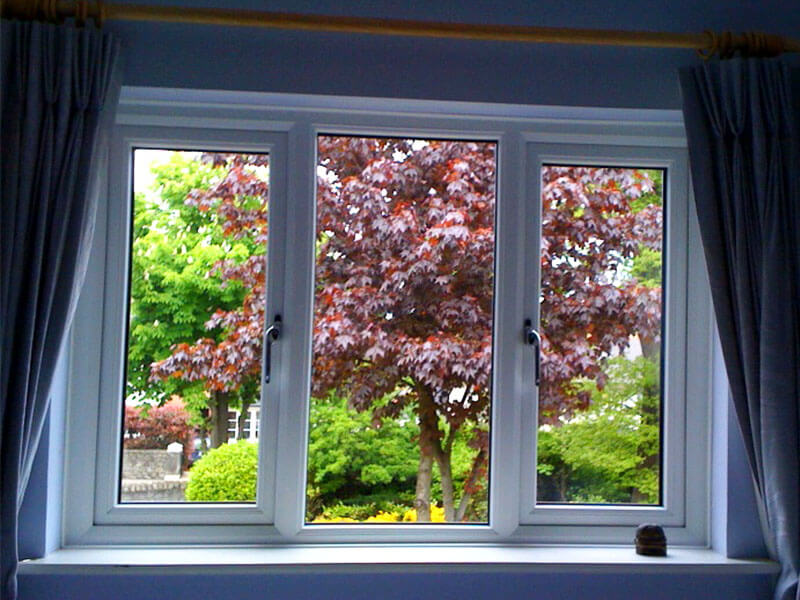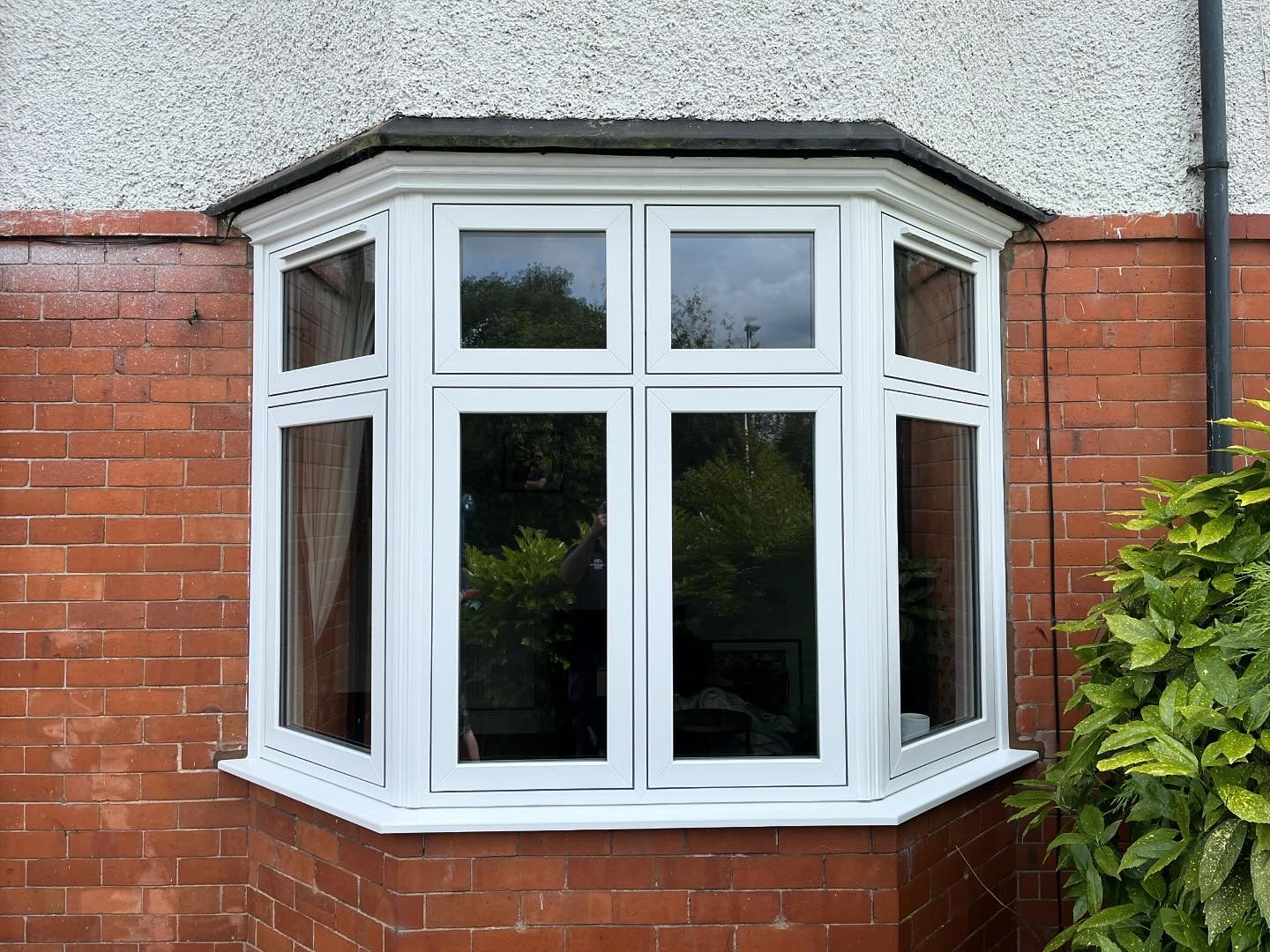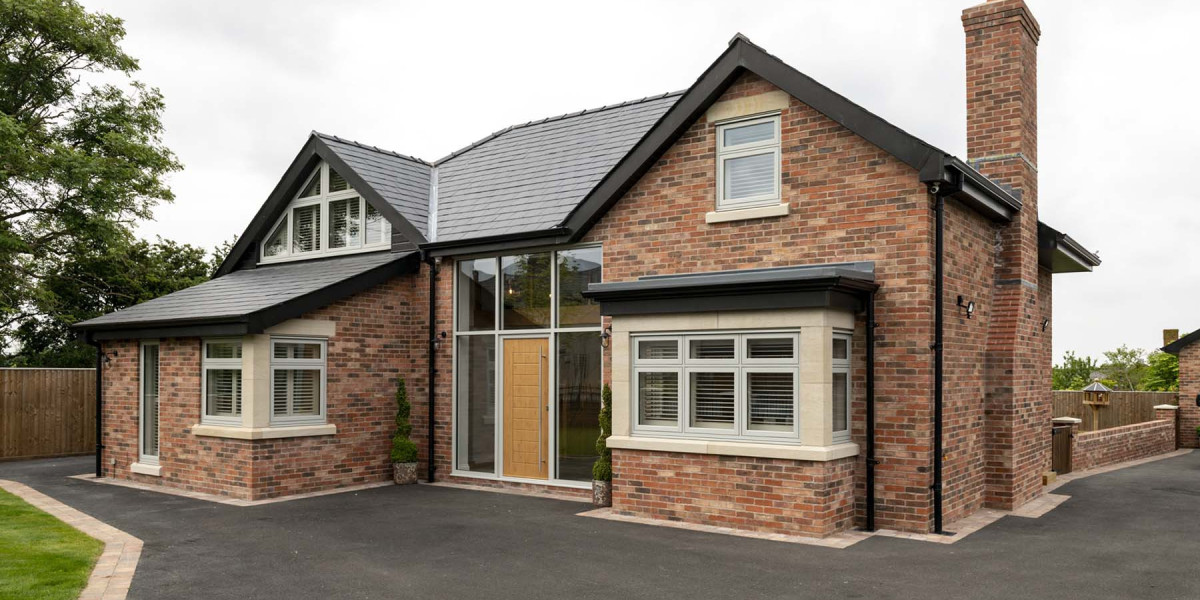In recent years, the demand for energy-efficient homes has surged, leading to significant advancements in double glazing technology. Traditionally, double glazing has been lauded for its ability to reduce heat loss and improve energy efficiency in buildings. However, recent innovations have taken this technology to new heights, offering enhanced performance, sustainability, and aesthetic appeal. This article explores the latest developments in double glazing, focusing on how these advancements are transforming the industry and benefiting homeowners.

Understanding Double Glazing Technology
Double glazing consists of two panes of glass separated by a space filled with air or gas, which acts as an insulating barrier. This design significantly reduces heat transfer, keeping homes warmer in winter and cooler in summer. The effectiveness of double glazing is measured by its U-value, which indicates the rate of heat loss; the lower the U-value, the better the insulation.
Advances in Glass Coatings
One of the most notable advancements in double glazing technology is the development of advanced glass coatings. Low-emissivity (Low-E) coatings are now commonly used to enhance thermal performance. These microscopic layers reflect heat back into the room while allowing natural light to pass through. Recent innovations have led to the creation of spectrally selective coatings that can filter out specific wavelengths of light, further improving energy efficiency without compromising on brightness. These coatings help to minimize glare and reduce reliance on artificial lighting, making homes more comfortable and cost-effective.
Gas Fill Improvements
Traditionally, the space between the two panes of glass in double glazing was filled with air. However, advancements in gas fill technology have introduced gases like argon and krypton, which are denser than air and provide superior insulation. Argon-filled double glazing is now standard in many applications, offering better thermal performance than air-filled units. Krypton, while more expensive, provides even greater insulation and is ideal for narrow window frames. The use of these gases has significantly improved the energy efficiency of double glazing, contributing to lower heating and cooling costs for homeowners.
Triple Glazing: The Next Step
While double glazing has been the standard for many years, triple glazing has emerged as a viable alternative for those seeking maximum energy efficiency. Triple glazing consists of three panes of glass, providing an additional layer of insulation. This technology is particularly beneficial in extreme climates where energy loss is a significant concern. Although triple glazing can be more expensive and heavier than double glazing, its superior thermal performance makes it an attractive option for energy-conscious homeowners.
Frame Materials and Design Innovations
The frame of a double-glazed window plays a crucial role in its overall performance. Recent advancements in frame materials have led to the development of more energy-efficient options. Traditionally, wooden frames were favored for their aesthetic appeal, but they require regular maintenance. Vinyl and fiberglass frames have gained popularity due to their durability and low maintenance requirements. These materials offer excellent insulation properties and can be designed to complement various architectural styles.
Moreover, manufacturers are now focusing on the design of window frames to minimize thermal bridging—where heat escapes through the frame material. Innovative designs, such as thermal breaks and insulated spacers, have been introduced to enhance the overall energy efficiency of double glazing systems.
Smart Glass Technology
Incorporating technology into double glazing has led to the emergence of smart glass, which can change its properties in response to environmental conditions. This innovative glass can switch from transparent to opaque or adjust its tint based on sunlight exposure, providing enhanced control over heat and light entering a home. Smart glass not only improves energy efficiency but also enhances privacy and comfort for homeowners. This technology is particularly beneficial in commercial buildings and modern homes where aesthetics and functionality are paramount.
Sustainable Manufacturing Practices
As the world becomes increasingly aware of environmental issues, the double glazing industry is making strides towards sustainability. Manufacturers are adopting eco-friendly practices, such as using recycled materials in the production of glass and frames. Additionally, advancements in manufacturing processes have reduced energy consumption and waste, making the production of double glazing more sustainable. Homeowners can now choose products that align with their environmental values without sacrificing performance.
Noise Reduction Features
In urban environments, noise pollution can be a significant concern for homeowners. Recent advancements in double glazing technology have also focused on improving acoustic performance. Laminated glass, which consists of two panes of glass with a layer of sound-dampening material in between, has gained popularity for its ability to reduce noise transmission. This feature is particularly beneficial for homes located near busy roads or airports, providing a quieter and more peaceful living environment.

The Role of Building Regulations
As energy efficiency becomes a priority in building regulations, the demand for advanced double glazing solutions is expected to rise. Many countries are implementing stricter energy performance standards for new constructions and renovations, driving innovation in the industry. Homeowners are increasingly looking for products that not only meet these regulations but exceed them, making advancements in double glazing technology a crucial aspect of modern building practices.
Conclusion
The advancements in double glazing technology are reshaping the way we think about energy efficiency in homes. From improved glass coatings and gas fills to the introduction of smart glass and sustainable manufacturing practices, the industry is constantly evolving to meet the needs of homeowners and the environment. As energy costs continue to rise and environmental concerns grow, investing in advanced double glazing solutions is becoming a smart choice for homeowners seeking to enhance their living spaces while reducing their carbon footprint. With these innovations, double glazing is not just about insulation; it’s about creating a more sustainable and comfortable future for all.








